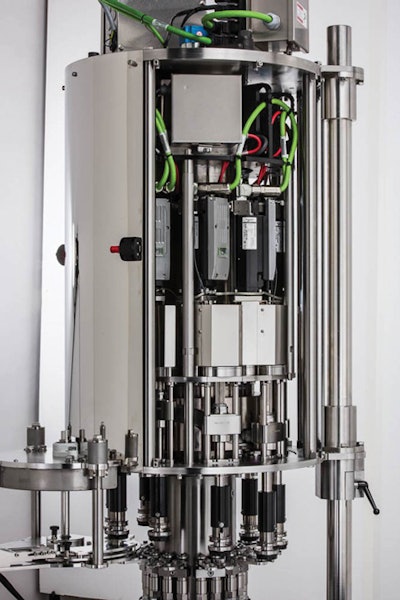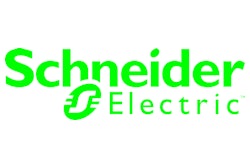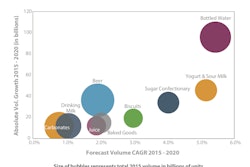
Closure Systems Intl. is a well known maker of capping machines serving a variety of industries. Mechanical cappers that are gear-driven and use a magnetic clutch to transfer torque are still a mainstay at CSI. But for about the past year the firm has also been offering an Intelli-Torque capper that takes advantage of servo technology from Schneider Electric. The number of capping stations on these rotary machines can be anywhere from 3 to 40, but a typical number is 15, so for the purposes of this discussion a 15-station capper will be described.
Driving the main rotary carousel on the Intelli-Torq is Schneider’s Lexium SH3 servo motor. And in each of the 15 capping stations is a Lexium ILM 62 integrated drive and motor bundle. Because drive and motor are integrated into one bundle, the drives no longer have to be housed in the control cabinet. This reduces wiring and cabling requirements in the control cabinet by up to 90%. The only controls components that remain in the cabinet are the PacDrive LMC 300 motion controller.
“This remains one of the impressive advantages of the Schneider offerings,” says Larry Ellis, Director of Global Engineering at CSI. “Instead of having to run individual power and cables to each motor, you can actually daisy-chain multiples together, so you can further minimize cabling that way.”
Ellis is the first to admit that the servo-driven Intelli-Torq is a more expensive option than a mechanically driven capper and that not everyone will necessarily gravitate toward it. But if optimal application performance is desired, servo is the way to go.
“Part of what we’re able to do with a servo capper is monitor torque values,” says Ellis. “For every cap applied we can know it was applied at X amount of torque. We can also capture what’s called the ‘application angle,’ which means we can track how far we’ve rotated that closure on the threads of the bottle. We can save that data and even communicate the numbers to a reject mechanism so that packages having the wrong application angle can be automatically rejected. Some bottlers use various kinds of vision systems to track such things. But if you had a cap that was five degrees from reaching its desired application angle, that would be too subtle for a vision system to detect. Yet such a cap could result in CO2 loss over time, which would mean the consumer gets a flat beverage.”
Like many packaging machinery OEMs bringing servo technology to their machines, the engineers at CSI are still learning about new capabilities they can now build into the Intelli-Torq. “With servo technology,” says Ellis, “you can monitor what is called ‘residual torque’ that’s in the capping spindle. Once we establish a baseline on it, the machine will self-calibrate to a degree, or if that number becomes too high a warning will be issued so that you know there might be a bad bearing or something.”























